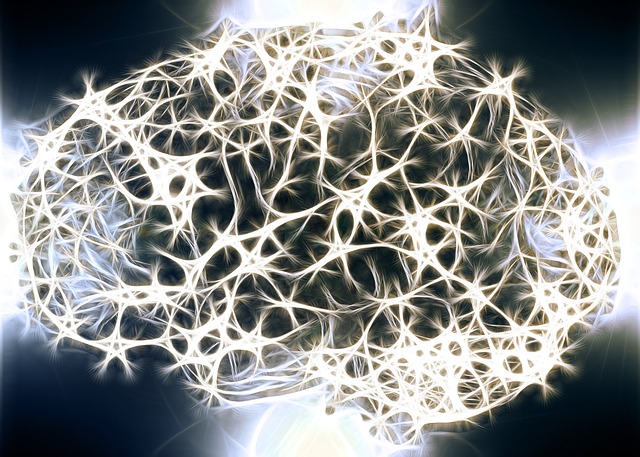13 July 2018. Medical researchers and material scientists devised a technique for delivering tiny particles of genetic material to the brain, which help lab mice shrink or remove their brain tumors and survive longer. A team from Johns Hopkins University in Baltimore describes its process and results in a recent issue of the journal Nano Letters (paid subscription required).
The Johns Hopkins researchers led by cancer specialist John Latera and bioengineering/materials science professor Jordan Green are seeking better treatment options for glioblastoma, an aggressive brain cancer that affects astrocyte or glial cells supporting neurons or nerve cells in the brain. Glioblastoma is often difficult to treat, where usually the best hope is to slow progression of the disease with radiation or chemotherapy. Survival from initial tumors is typically 20 months and those with recurring glioblastoma usually survive for less than a year.
Among the difficulties in treating glioblastoma are the resilience of cancer stem cells and the blood-brain barrier. Cancer stem cells, say the authors, are able to reproduce themselves and sustain the cancer, even after tumors are removed by surgery, allowing them to spawn more tumor cells. The blood-brain barrier is a mechanism that prevents molecules from crossing from the blood stream into brain cells. Blood vessels in the brain form a support network for brain functions, with tightly-packed cells lining blood vessels that allow nutrients to pass through, but keeping out foreign substances, including drugs to treat neurological conditions.
Even if the blood-brain barrier can be pierced, brain cancer therapies still need to be carefully targeted to attack only tumor cells and not healthy tissue. To meet these objectives, the Johns Hopkins team designed tiny nanoscale particles — where 1 nanometer equals 1 billionth of a meter — that deliver micro RNAs, genetic molecules that serve as regulators of the genome. They start out small, but evolve into more complex molecules that interact with another type of RNA — messenger RNA — to control the expression of genes responding to various proteins.
In this case, the micro RNAs bind to messenger RNAs with instructions from 2 genes, HMGA1 and DNMT, that regulate gene expression and provide repair and stability for genes. By targeting the 2 genes, the micro RNAs block production of proteins that support the most dangerous properties of cancer stem cells, making them less likely to propagate and more susceptible to cancer treatments like drugs or radiation. The micro RNAs are packed into nanoscale particles made from a biodegradable polymer called poly(beta-amino esters) or PBAEs, already in use for gene therapies.
The researchers tested micro RNA nanoparticles with 18 lab mice implanted with human glioblastoma. All of the mice received nanoparticles with micro RNAs about 6 weeks after the tumor implantations, but in only 9 of the 18 mice were the micro RNAs activated. The results show the mice receiving the activated nanoparticles survived from 80 to 133 days, while the inactive nanoparticle recipients lived no more than 90 days. In the longer-surviving mice, their glioblastoma tumors were sharply reduced in size or completely disappeared, while mice receiving the inactive nanoparticles showed little or no evidence of tumor shrinkage.
The team believes the findings prove the concept of micro RNA delivery with nanoparticles, but the process needs more development to meet human scale demands, such as catheters or pumps to move the nanoparticles through the larger human brain. Nonetheless, the researchers filed for a patent on the technology.
More from Science & Enterprise:
- Nanoparticles Shown to Boost Anti-Cancer Immune Cells
- Engineered Polio Virus Tested as Brain Cancer Treatment
- Engineered T-Cells Tested for Childhood Brain Cancer
- Immunotherapy Trial Shows Increased Brain Cancer Survival
- Novartis Licenses Biomaterial for Cancer Immunotherapy
* * *


 RSS - Posts
RSS - Posts
You must be logged in to post a comment.